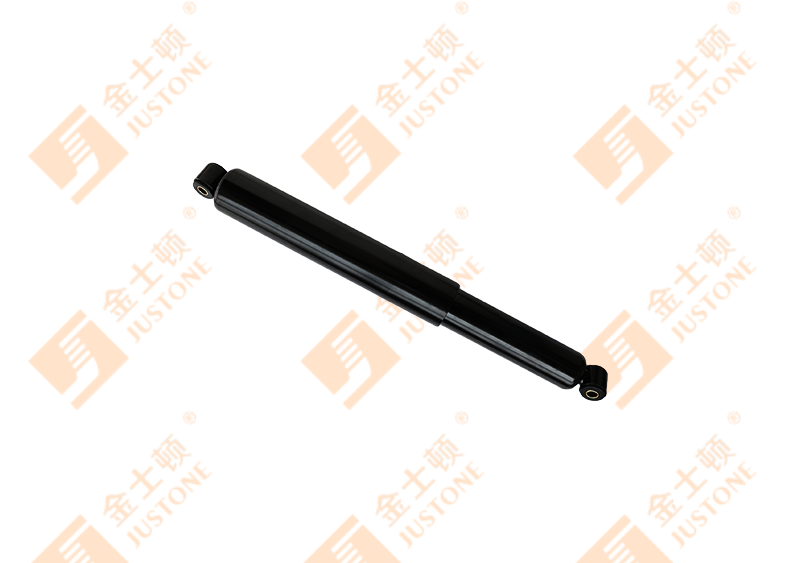Didn't find a product that suits you?
Contact us for the latest news.
Installing a solar mount axial tracker requires careful planning and consideration of several factors to ensure optimal performance, longevity, and efficiency. Here are the main considerations:
Site Assessment and Selection:Solar Irradiance: Ensure the site receives adequate sunlight throughout the day and year. A solar site analysis can help determine the best location.Topography: The site should ideally be flat or have a gentle slope to facilitate installation and tracking.Shading: Avoid locations with potential shading from nearby buildings, trees, or other obstructions.
Structural and Mechanical Considerations:Ground Stability: The soil or ground conditions should be stable enough to support the mounting structure. Soil testing might be necessary to assess this.Mounting Structure: Choose a robust and durable mounting structure that can withstand environmental stresses.Tracking Mechanism: Ensure the tracking system is reliable and can adjust accurately to follow the sun's path.Environmental Factors:Wind Load: The tracker must be designed to withstand local wind conditions. High wind areas may require additional structural support or wind protection measures.Snow Load: In areas with heavy snowfall, ensure the tracker can handle the additional weight and that the panels can still move freely.Temperature Extremes: Select materials and components that can perform reliably within the temperature range of the installation site.

Technical Specifications:Tracking Range: Ensure the axial tracker has an adequate range of motion to track the sun from sunrise to sunset effectively.Motor and Drive System: The motors and drive systems should be robust and capable of handling the load of the solar panels.Control System: An efficient control system that accurately follows the sun’s path and adjusts the panels accordingly is crucial for maximizing energy output.
Electrical and Connectivity Considerations:Wiring and Cabling: Properly route and protect electrical wiring to prevent damage and ensure efficient energy transfer.Power Supply: Ensure there is a reliable power source for the tracking system's motors and control units.Data Monitoring: Implement a monitoring system to track the performance and operation of the tracker for maintenance and optimization purposes.
Maintenance and Accessibility:Ease of Access: Design the system for easy access to components for regular maintenance and repairs.Durability and Lifespan: Choose materials and components with long lifespans and low maintenance requirements.Maintenance Plan: Establish a regular maintenance schedule to ensure the tracker operates efficiently and to identify potential issues early.Regulatory and Compliance:Permits and Approvals: Obtain all necessary permits and approvals from local authorities before installation.Standards and Regulations: Ensure the installation complies with relevant industry standards and local building codes.
Economic Considerations:Cost: Assess the total cost of the tracker, including installation, maintenance, and operation.Return on Investment (ROI): Calculate the expected increase in energy output and the time it will take to recoup the investment.Incentives and Rebates: Explore available incentives, rebates, or grants that can reduce the initial cost of installation.
Supplier and Contractor Selection:Reputation and Experience: Choose reputable suppliers and contractors with experience in installing solar mount axial trackers.Warranty and Support: Ensure that the tracker system comes with a comprehensive warranty and that the supplier provides ongoing technical support.Safety Considerations:Installation Safety: Follow all safety protocols during installation to protect workers and equipment.Operational Safety: Ensure the system includes safety features to prevent accidents and equipment damage during operation.
By considering these factors, you can ensure that your solar mount axial tracker installation is optimized for maximum efficiency, durability, and return on investment. Proper planning and execution will help achieve the desired performance and energy savings from your solar energy system.